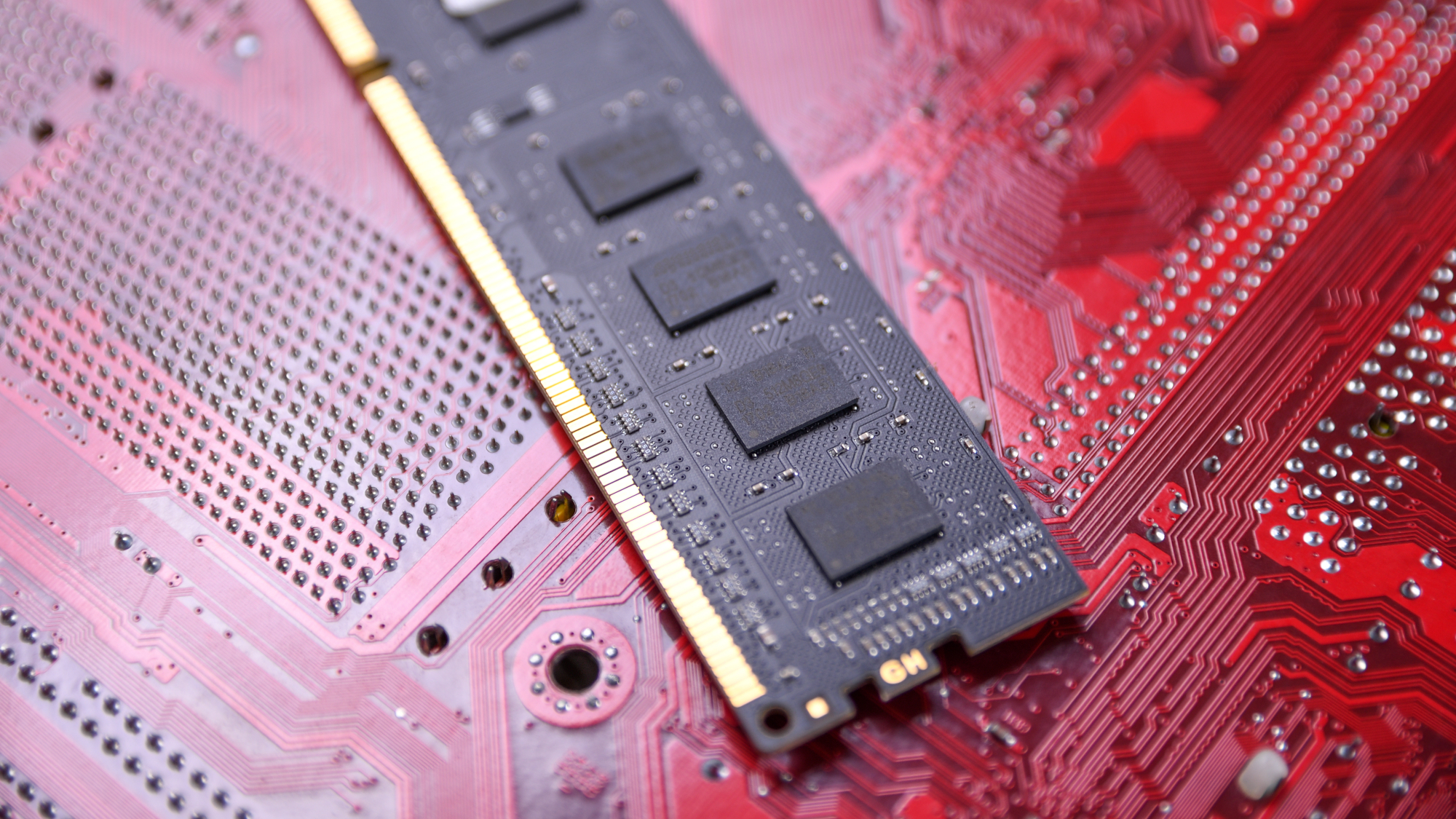Hisense U8QG vs Hisense U8N: Which Mini-LED TV wins?
Discover which U8-series Mini-LED TV is right for you
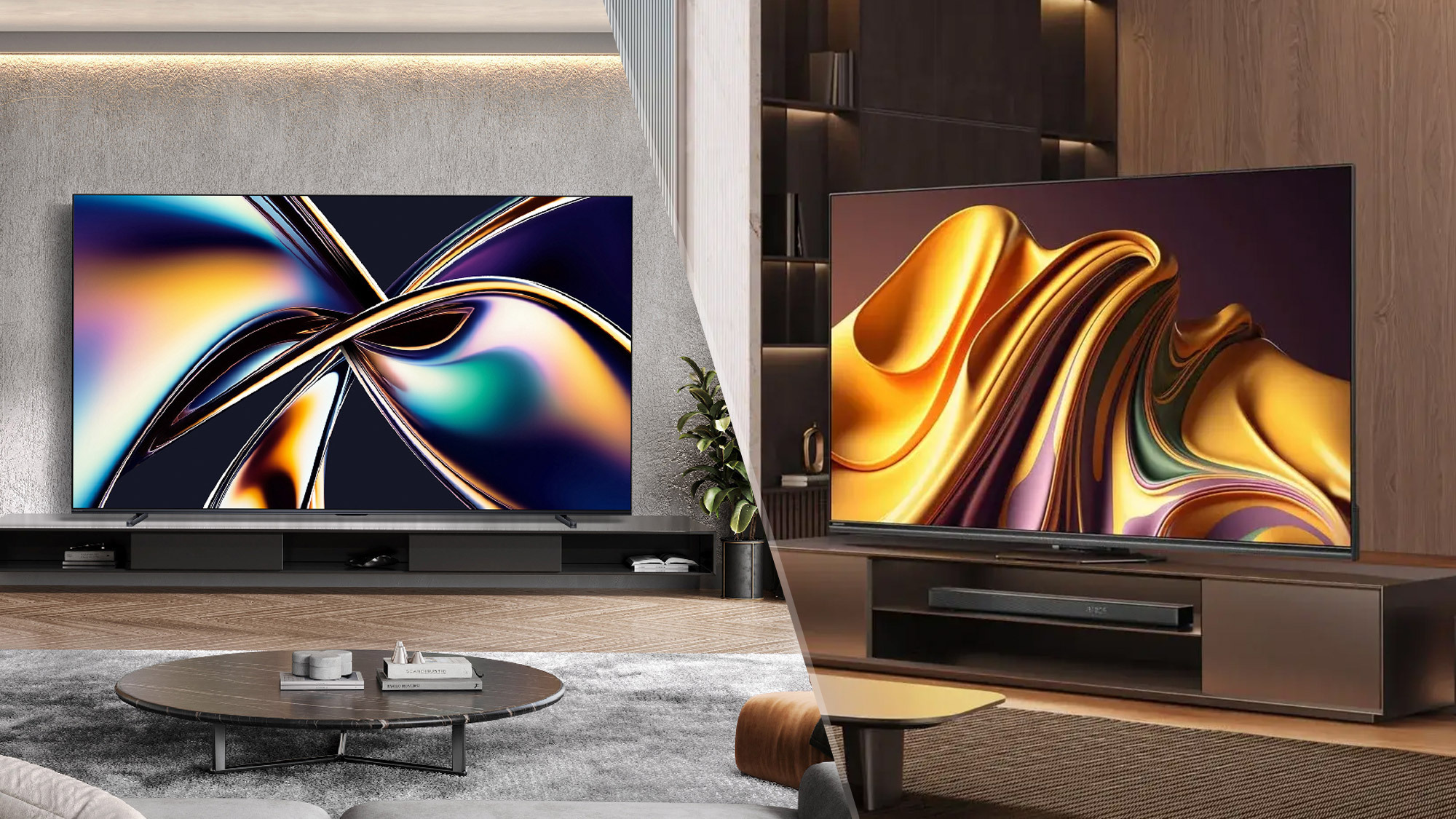
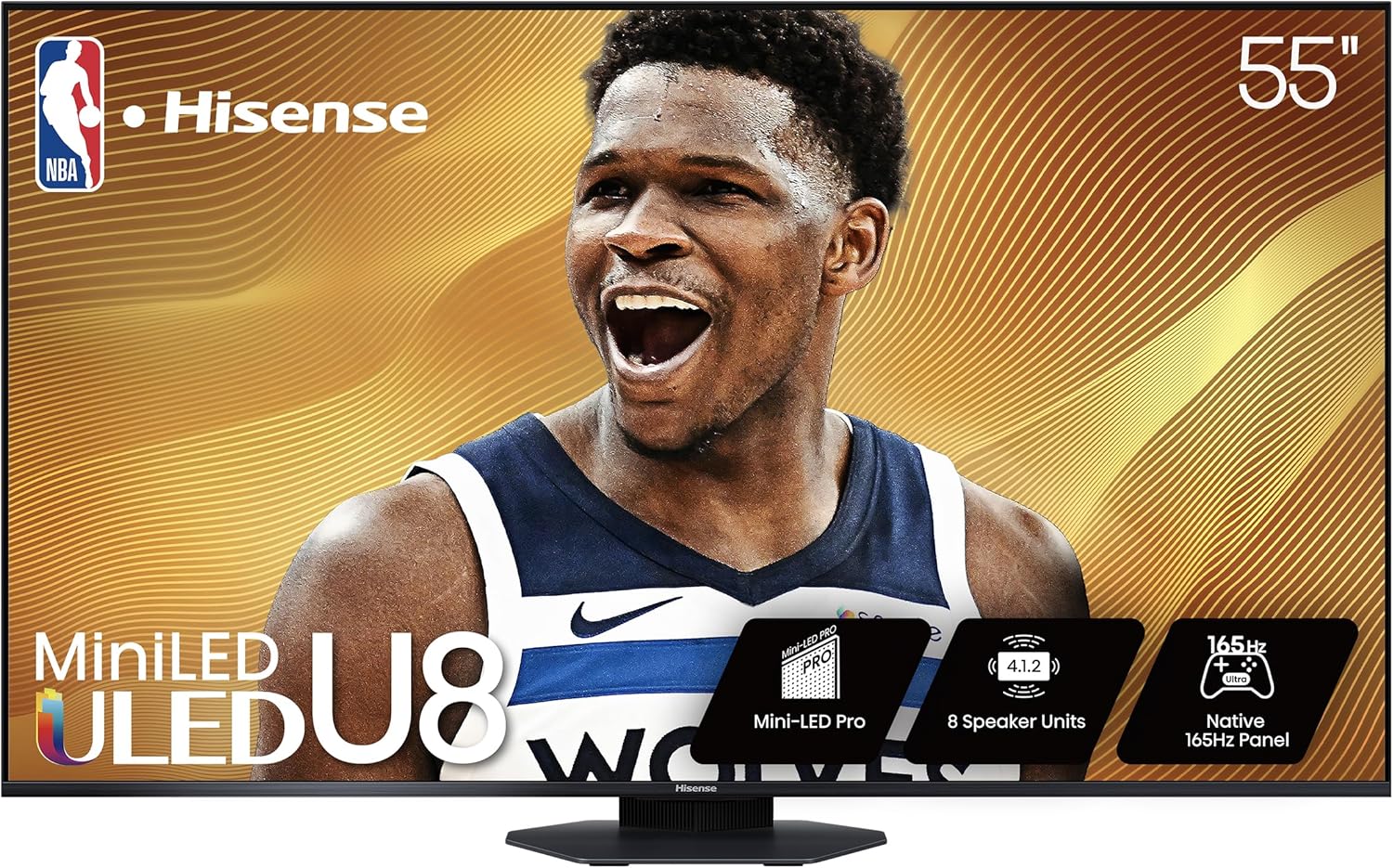
The Hisense U8QG is Hisense's 2025 flagship model, featuring a wealth of vibrant colors, gaming capabilities, and an exceptional sound system.
Pros
- Good SDR / HDR colors
- Equipped with ATSC 3.0 tuner
- Excellent Google TV OS
Cons
- Only two HDMI 2.1 ports
- Unexceptional viewing angles
- Rather high input lag
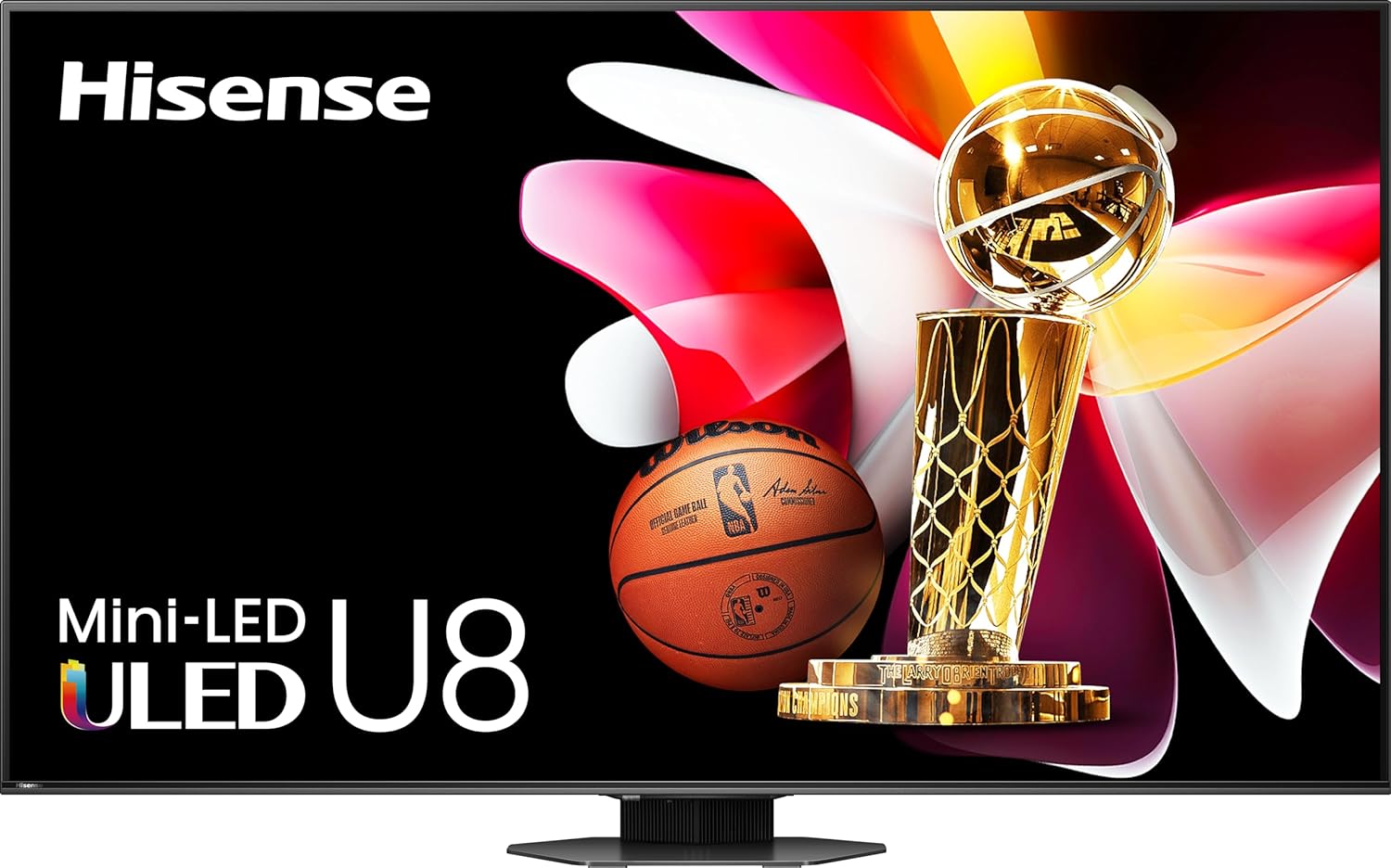
The Hisense U8N is a premium Mini-LED TV with a budget-friendly price, boasting incredible brightness and numerous features.
Pros
- Impressive HDR brightness
- Excellent Google TV operating system
- High VRR capabilities
Cons
- Off-angle and bright-room viewing issues
- Only two HDMI 2.1 ports
- Poor audio
Hisense TVs are known for their incredible brightness and color output built on value prices, and none shine through quite as well as its flagship models.
The 2025 Hisense U8QG and the 2024 Hisense U8N are brilliant sets in their own right, built with Mini-LED backlighting, gaming features galore, plus a trove of luminance. They also have audio that far surpasses most other TVs on the market.
Speced with Google TV and a handy gaming hub, these value-minded offerings are designed for those who want an excellent picture without a significant investment.
While they don't exactly match the performance of some of the best OLED TVs, these Hisense flagships do have some incredible metrics to consider, but it's worth taking a look at which among them might prove the better buy for your next TV upgrade.
Hisense U8QG vs Hisense U8N: Specs compared
| Header Cell - Column 0 | Hisense U8N | Hisense U8QG |
|---|---|---|
Sizes | 55", 65", 75", 85" | 55", 65", 75", 85", 100" |
Ports | 2x HDMI 2.1, 2x HDMI 2.0 | 3x HDMI 2.1, 1x USB-C |
Resolution | 3,840 x 2,160p | 3,840 x 2,160p |
Refresh rate | 144Hz | 165Hz |
HDR | Dolby Vision, HDR10+, HDR10, HLG | Dolby Vision, HDR10+, HDR10, HLG |
Smart TV software | Google TV | Google TV |
ATSC 3.0 support? | Yes | Yes |
Processor | Hi-View Engine Pro | Hi-View Engine Pro |
Hisense U8QG vs Hisense U8N: Design
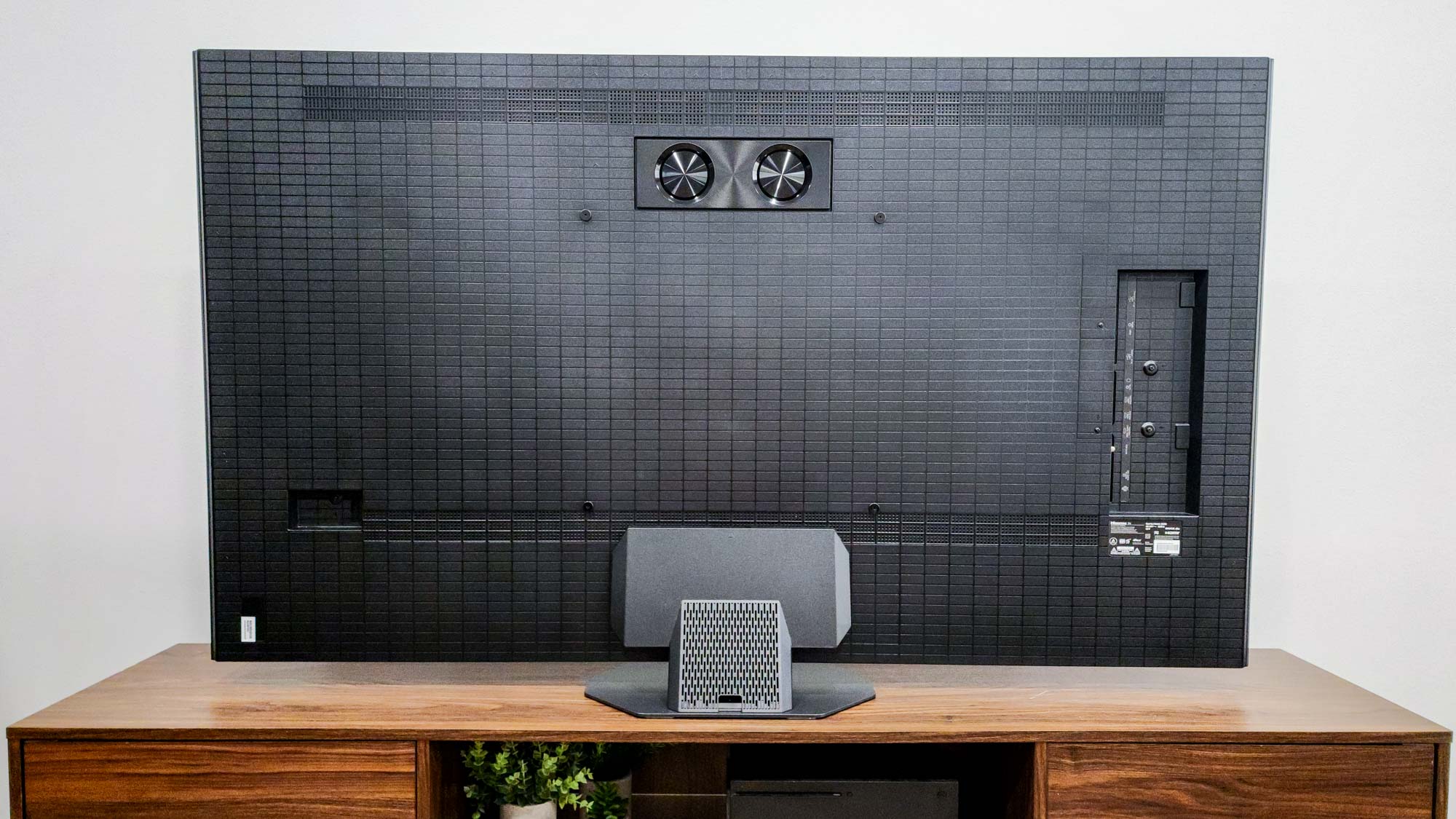
Given that they are both flagship Hisense Mini-LED TVs launched just a year apart, you can expect to see very similar design elements on both sets.
Above is the rear of the U8QG, which boasts two subwoofers at the top and a slew of ports on its right. Interestingly, the USB-C video output is positioned closer to the front of the screen, making it a little easier to charge devices and connect to nearby PCs if you're into that sort of thing.
One thing that immediately stands out, especially considering the side profile of the U8N below, is the bulkiness of the 2025 TV. It has heft and requires at least two people to set it up, with its 65-inch model weighing just under 53 pounds.
Get instant access to breaking news, the hottest reviews, great deals and helpful tips.
Both the U8N and U8QG utilize a pedestal-style stand, which varies in size depending on the TV. It connects to the panel with relative ease, but there's no real way of changing the orientation higher or lower, which makes it a little tough to slot in an accompanying soundbar if needed.
Not that you need one when it comes to the U8QG, as it sports a 4.1.2-channel speaker with a 72W output. This will also vary depending on the size you get, but a 20W subwoofer is quite the all-around audio system that stands against the competition.
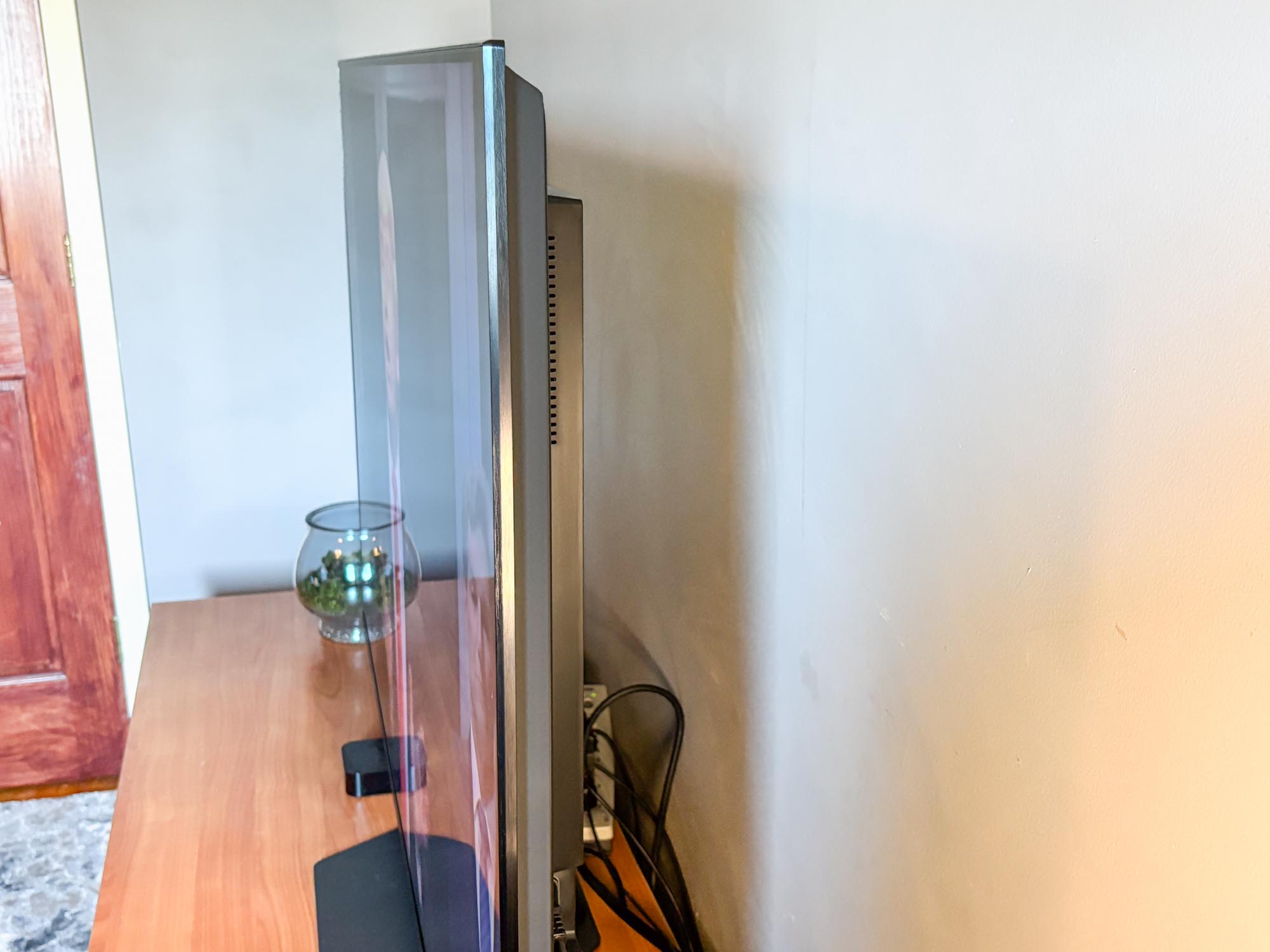
Meanwhile, the U8N has just a 2.1.2 audio system on a 50W output, but it does still have a 20W subwoofer. This will meet the demands of most users, as it boasts serious sound, but you will be missing out on a wider surround sound profile.
Unlike the U8QG, which has just three HDMI 2.1 ports and a USB-C video output, the U8N comes equipped with just two HDMI 2.1 and two HDMI 2.0. While the USB-C is nice for PC gamers or those who may want to charge devices close to the TV, it feels a bit too niche to subtract from a whole row of HDMI ports.
A more interesting addition might have been an HDMI 2.2 port, but we may have to wait until next year before we see that on most TVs.
All that being said, I think it's safe to give the U8QG a big thumbs up for this section. While it's bulkier and does miss out on an HDMI port, I think most users would be willing to give that up in favor of increased audio performance.
Plus, it's one extra HDMI 2.1 port over the latter's mere two, and you could plug a Mini PC or one of the best handheld gaming consoles for your gaming pleasure. It's a little too niche for most users, if you ask me, but it's hard to beat those audio specs.
Winner: Hisense U8QG
Hisense U8QG vs Hisense U8N: Performance

Before we dive into which of these TVs delivers better picture quality, let's take a look at how their test results stack up.
| Header Cell - Column 0 | Hisense U8N | Hisense U8QG |
|---|---|---|
SDR Brightness (10%, in nits) | 3,469 | 2,908 |
Delta-E (lower is better) | 3.2 | 2.4 |
HDR Brightness (10%, in nits) | 3,397 | 3,916 |
UHDA-P3 Gamut Coverage | 96.77% | 97.53% |
Rec. 2020 Gamut Coverage | 82.07% | 83.98% |
Input latency (milliseconds) | 13.1 | 9.7 |
Similar to design, the U8N and U8QG will bear somewhat identical test metrics; however, it's interesting that the new 2025 set has significantly reduced its brightness output in standard content, while HDR sees a massive boost.
It's important to keep in mind that higher brightness doesn't always equate to better overall performance. In most cases, it should lead to mitigated glare, but that's not quite the case for the U8QG.
At least HDR content looked fantastic on this set, but that's more to do with its color volume. The U8QG improves the Delta-E, which requires a lower score for better performance, but anything lower than a score of 3 is largely imperceptible.
But even at the time of its release, the U8N was likewise just as fantastic in terms of color. It almost shattered our color gamut record at the time, and as the metrics show, the U8QG amplifies these, if only slightly.
A major boon we faced in testing the U8N has more to do with color accuracy, which doesn't bode well for animated content or vibrant shows and movies. Still, it's impressive that both U8-series Mini-LED TVs managed to hit over 80% of the Rec2020 color gamut, which is often relegated to lower scores on most TVs.
That's the quantum dots doing all the heavy lifting.

And when it comes to gaming, the testing here proves the U8QG is simply the better option. We tend to like TVs with input latency under a 10ms rating, and the U8QG's 9.7ms is to be praised, especially given that it lines up with some OLEDs on the market, like the LG B4.
Both offer incredible picture performance, but there are some upscaling concerns to consider on the U8N The higher HDR brightness, enhanced input latency, and improved shadows in darker scenes give the U8QG an edge over its predecessor.
Winner: Hisense U8QG
Hisense U8QG vs Hisense U8N: Smart platform and features
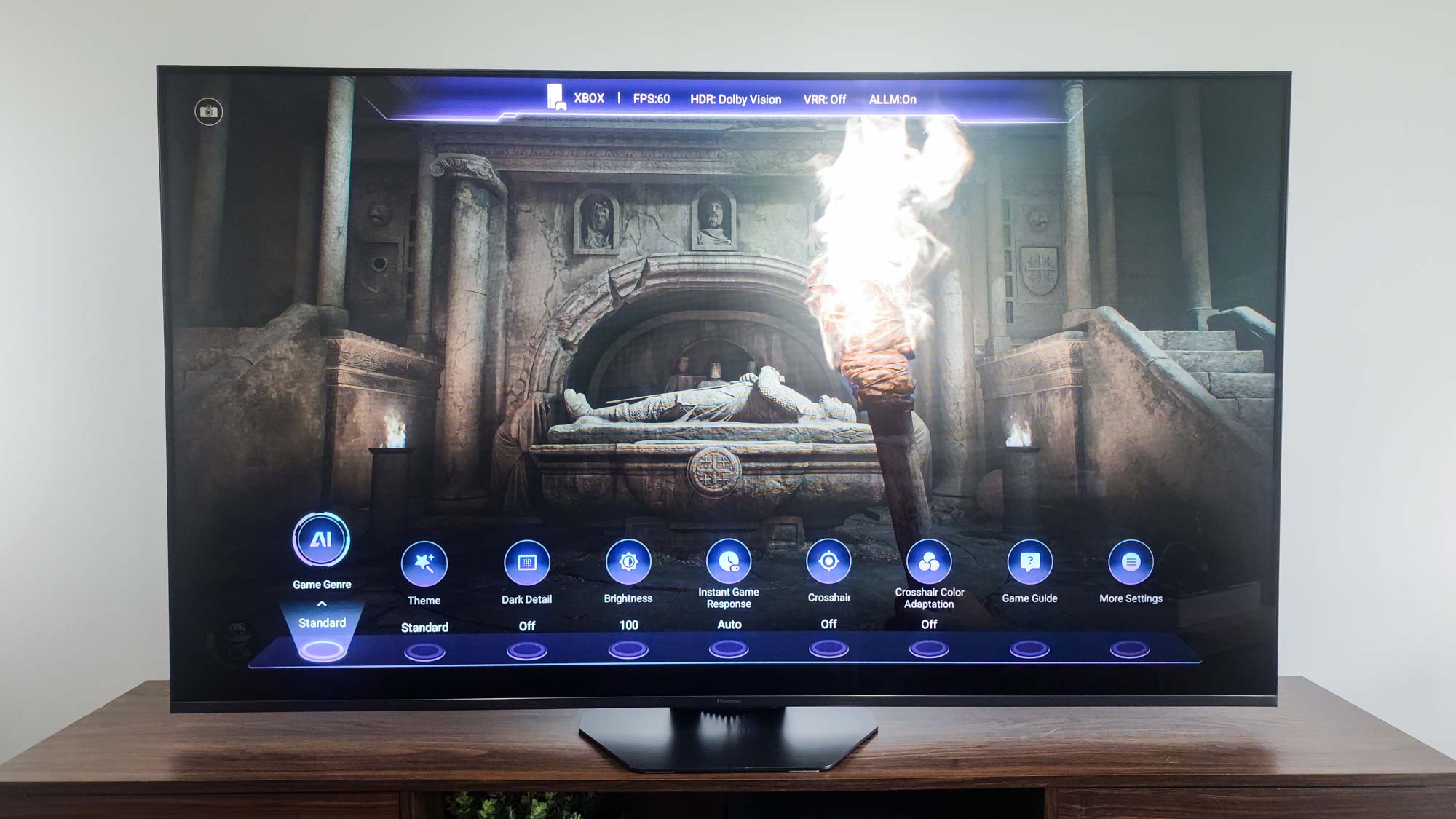
With Google TV, you'll not only have a slew of free channels to enjoy but many of the best streaming services to dive into. You'll have to contend with some ads, but they're very minimal when compared to other offerings like Roku OS or Fire TV.
But even if you don't find the content you want, there's an ATSC 3.0 tuner for you to dive into 4K broadcasts. You'll need a compatible antenna to get the most out of NextGen TV, but it's a handy option for those who may want extra coverage when it comes to content.
One notable feature that few are discussing when it comes to Google TV is its smart home compatibility, which makes it a hub for your entire ecosystem. That means you don't have to splurge on any additional products, like the Google Nest Hub, to get broadened controls over your smart home devices.
When looking past their underlying interface, you'll also find a slew of awesome gaming features that make them ideal candidates to slot among the best gaming TVs.
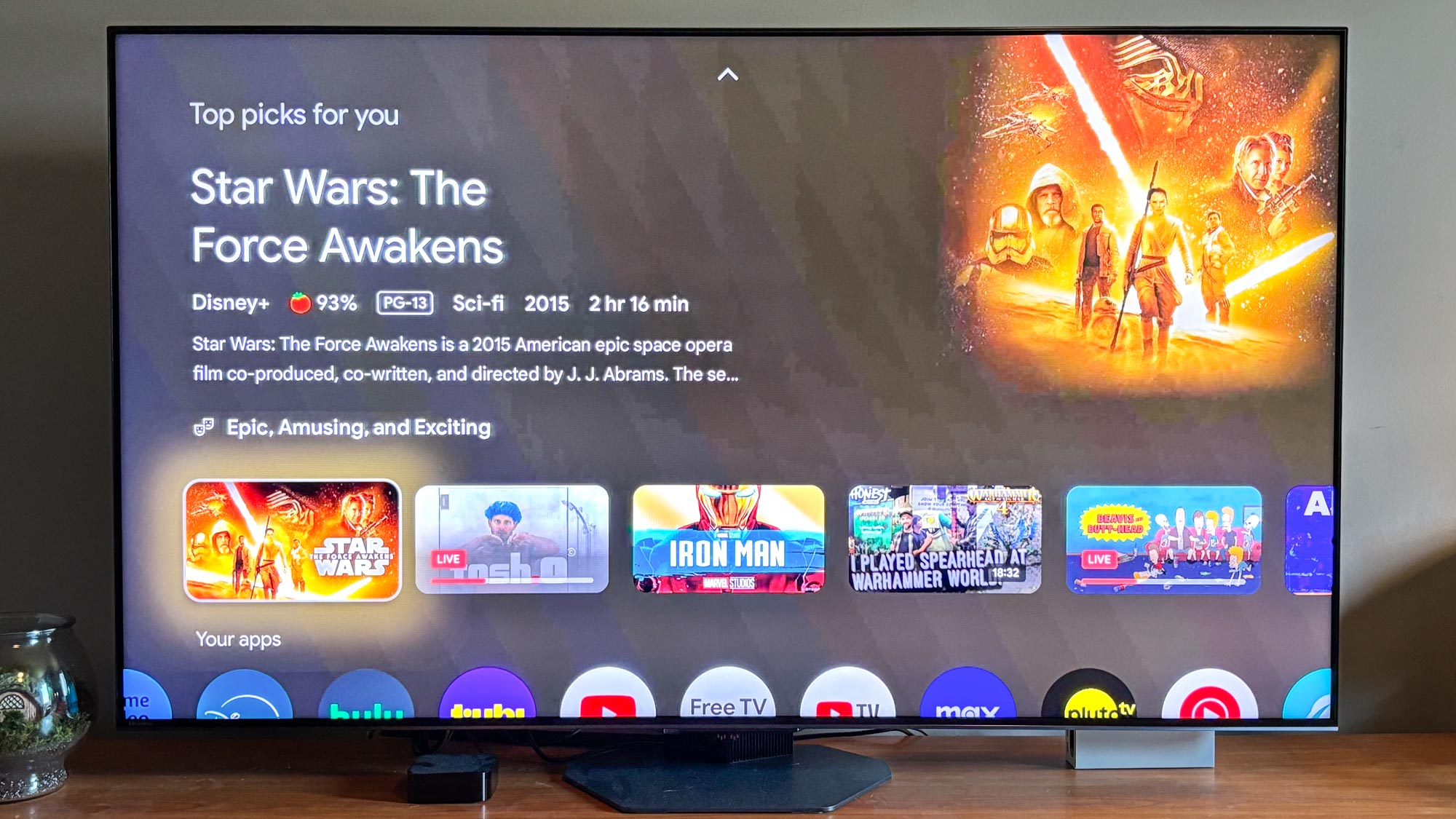
As already mentioned, you'll be missing out on two HDMI 2.1 ports when going with the U8N, but you'll also be down one with the newer U8QG. It sacrifices this port in favor of a USB-C video output, which doesn't meet the demands of most gamers.
At least it does give you the keys to some unbridled gaming support with a 165Hz refresh rate. It's one of the few TVs to offer that spec this year, sitting next to some major OLED releases in the LG G5 and Samsung S95F. And a low input latency also means you get serious coverage in this regard.
But it's tough to look past the HDMI equation. Would you rather have two HDMI 2.1 ports in favor of three with a USB-C port? Or are you willing to live with those additional HDMI 2.0 ports on the U8N's mere 144Hz? It's a mild dilemma, but one certainly worth thinking about.
As with most modern TVs, both sets come equipped with a range of additional gaming features, like Variable Refresh Rate (VRR) and Auto Low Latency Mode (ALLM) as well as Dolby Vision support for select titles. There's also a handy game bar that lets you change settings on the fly and look at particular elements, like FPS and the like.
Even in the face of its rather wonky HDMI dilemma, I still see the U8QG as far surpassing the U8N. You might not be a PC gamer ready to hit those highs on offer with a 165Hz refresh rate, but it doesn't hurt to future-proof your setup.
Winner: Hisense U8QG
Hisense U8QG vs Hisense U8N: Outlook
| Header Cell - Column 0 | Hisense U8N | Hisense U8QG |
|---|---|---|
Specs (25) | 21 | 23 |
Design (25) | 20 | 22 |
Performance (25) | 21 | 23 |
Features (25) | 23 | 24 |
Total Score (100) | 85 | 92 |
While this comes down to a preference basis, it's hard to look past the myriad enhancements the U8QG has in store.
The Hisense U8QG simply kills it on a number of levels, most of all in the gaming category. It also largely improves upon many of the issues that were holding the base U8N back, like a subpar sound system and wonky color accuracy.
You also get FreeSync Premium Pro support with a 165Hz refresh rate, which might really only pertain to PC gamers, but definitely gives it a huge leg up. If you're merely a console gamer and don't mind the higher input latency, the cheaper U8N might be a better option.
As for that pricing, a 65-inch Hisense U8N is around $899 on Amazon, while the 65-inch Hisense U8QG is currently $1,498 on Amazon at the time of writing. That's a significant price disparity that will prompt you to consider the compromises.
Both TVs still offer absurd brightness metrics and loads of gaming options, so don't fret too much over the TV of your choice, as it'll be grand no matter what model you go with.
More from Tom's Guide

Ryan Epps is a Staff Writer under the TV/AV section at Tom's Guide focusing on TVs and projectors. When not researching PHOLEDs and writing about the next major innovation in the projector space, he's consuming random anime from the 90's, playing Dark Souls 3 again, or reading yet another Haruki Murakami novel.
You must confirm your public display name before commenting
Please logout and then login again, you will then be prompted to enter your display name.
